


The following article is taken from our puzzle section, which started over a decade ago, but which was lost when we switch to a new content management system and news database. We have decided to republish some of the articles. For older readers the cherries we will pick out of the original section will hopefully bring on nostalgic memories; younger readers will learn for the first time what we have been up to over the years.
In the year 1713 the Swedish king Karl XII was waging war against the Turks. A man of great equanimity he liked to enjoy a quiet game of chess, even while his soldiers fought outside his tent. During the Battle of Bender he was playing a game against his general and with White he reached the following position:
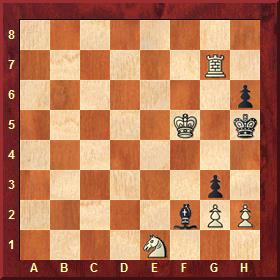
"Mate in three moves!" said the king.
But before he was actually able to execute a move
a bullet flew into the tent and smashed the knight on e1.
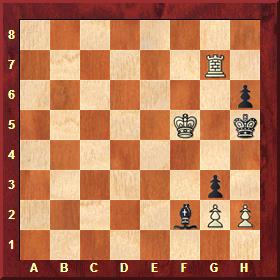
The general froze, but King Karl continued to calmly study the position.
"Well", he said, "then mate in four moves!"
But once again he wasn't able to make a move, because
a second bullet entered the tent and shattered the pawn on h2.
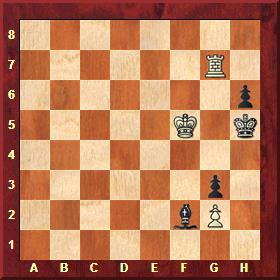
The king remained unperturbed and after
a few seconds announced mate in five moves.
The general, his nerves completely frayed, watched his monarch execute the mate. With a wry smile he said, "What a pity, your majesty, that the first bullet didn't remove your rook instead of the knight."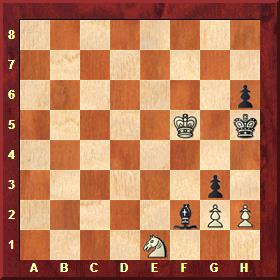
"Then", answered the King, "I would simply have delivered mate in six!"
The first three parts of this wonderful little problem were composed by the congenial Samuel Loyd. It is interesting that the editor of the magazine "Chess Monthly", where the puzzle appeared in 1859, thought up the story and asked Loyd to compose a chess position to suit it. Loyd did so in less than a day. Part four was added by the Baltic German composer Friedrich Amelung in 1900.
In 2003 Brian Stewart drew my attention to the fact that if the second bullet had struck the g-pawn instead of the h-pawn then the king would would also have been able to win.
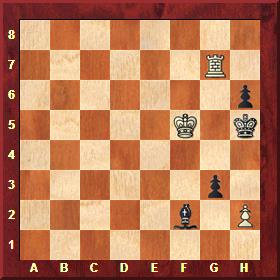
White to play and mate in ten
One of the great composers of our time, Hungarian GM Pal Benkö, told us that the two additions to the original Loyd puzzle were not very valuable, since they didn't fit and were full of duals (six, ten). "May I send you mine?" he asked. Sure thing – it's a prequel:
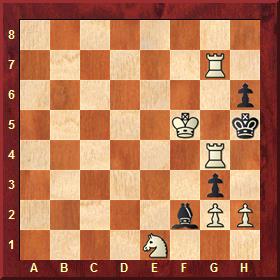
This would be the initial position, before the first bullet struck and shattered the rook on g4. The king had just announced mate in two before it did. After that we have the first position of Loyd's series. "It fits, with mates in two, three, four and five," wrote Pal. Indeed it does – the great 19th century composer missed this chance!

Select puzzles from the dropdown menu above the board
Frederic Friedel
| Advertising |